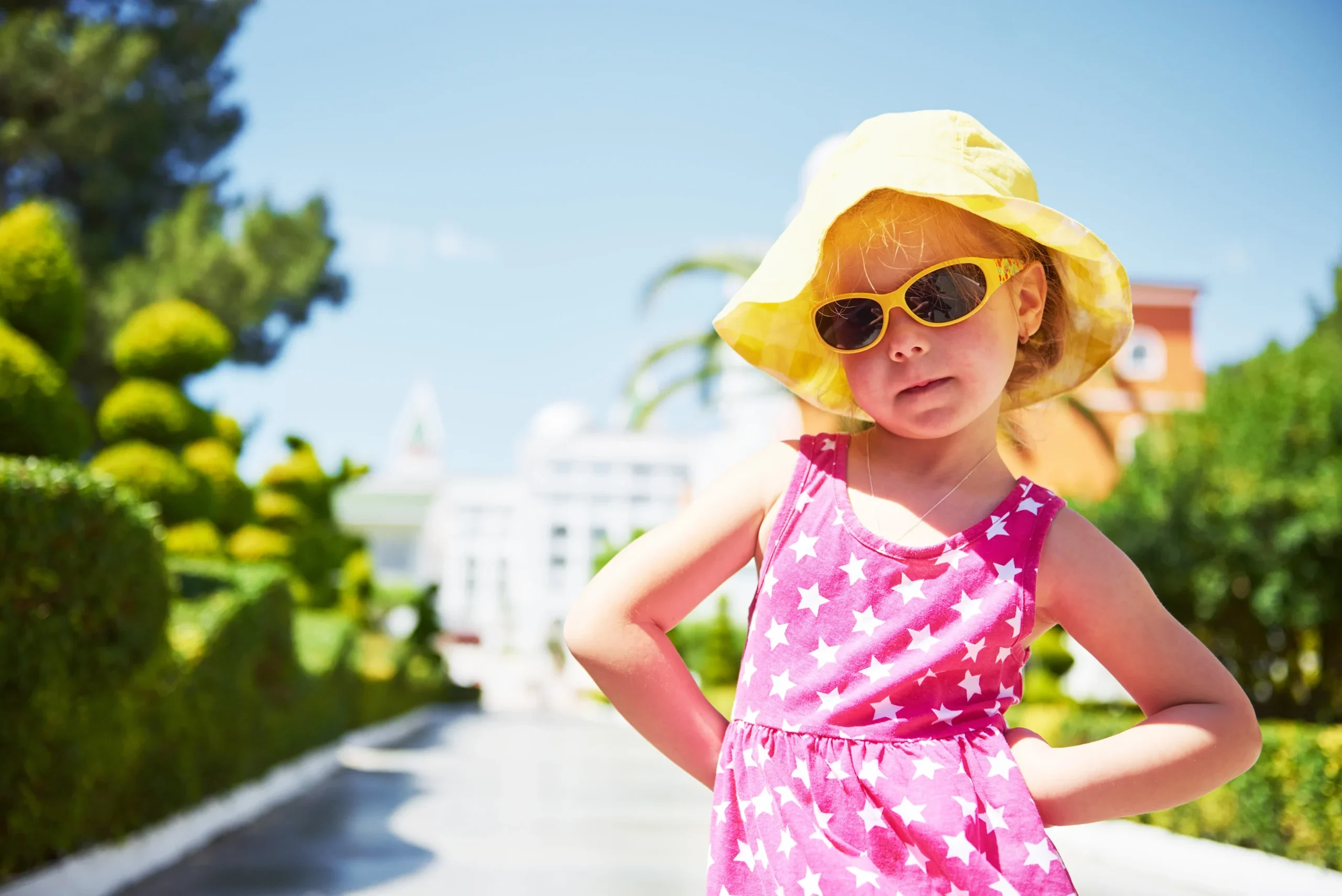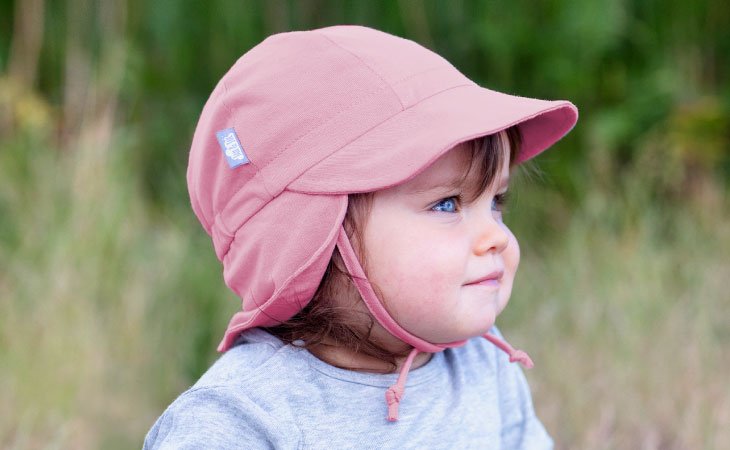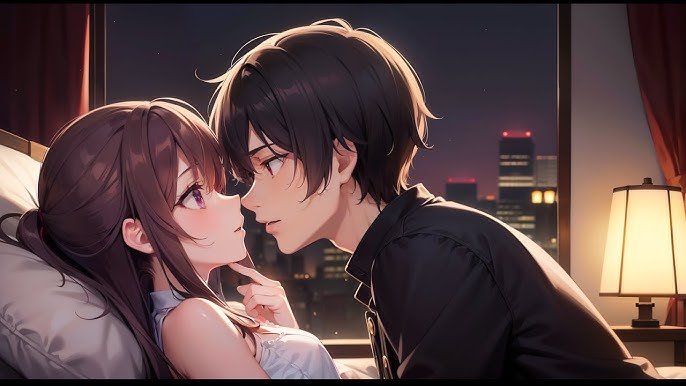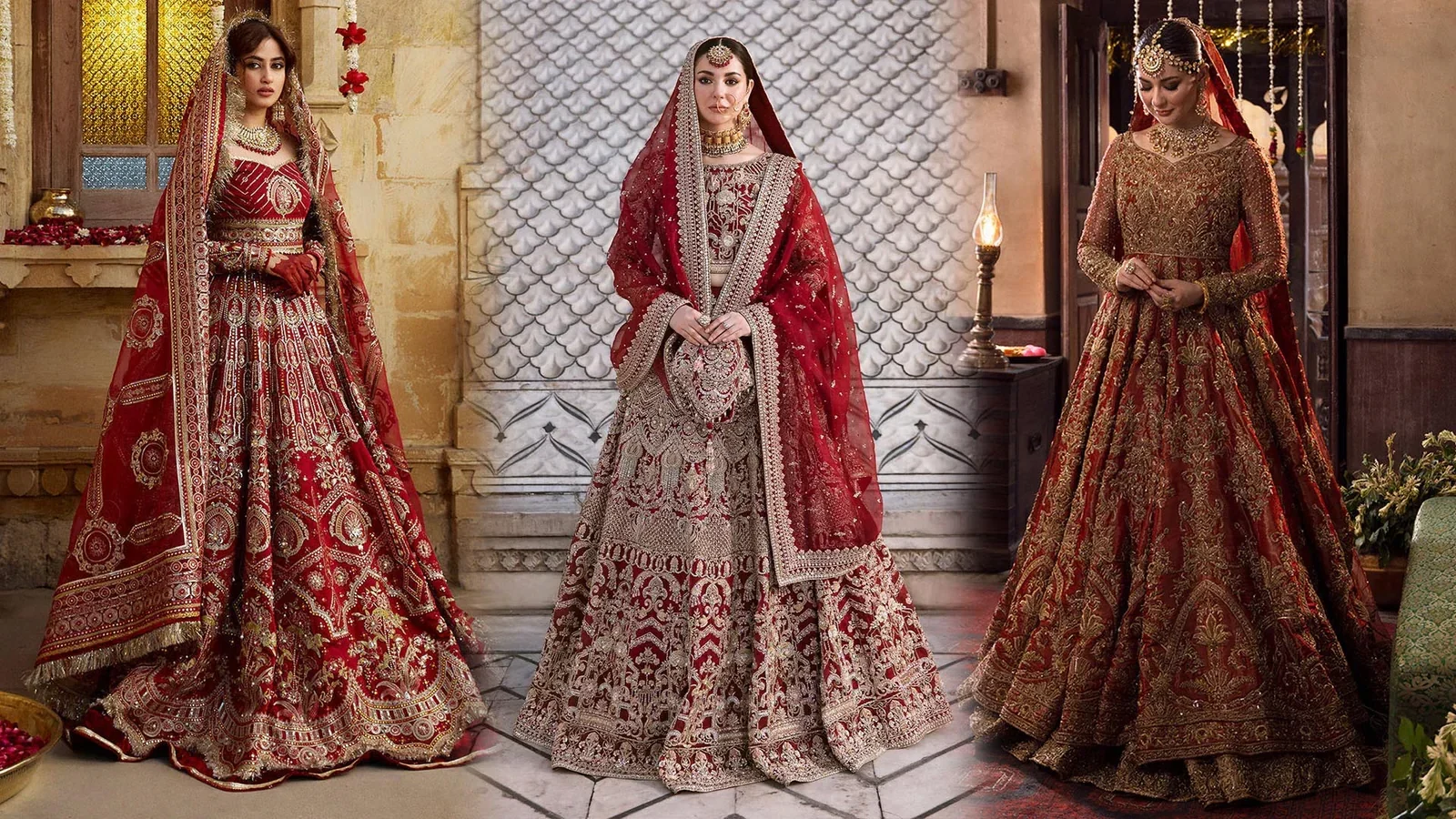A Pakistani bride is not just a woman adorned in jewels and tradition—she is the embodiment of centuries-old culture, family honor, and dreams wrapped in the folds of richly embroidered fabric. Her appearance on the wedding day is a spectacle of heritage, emotion, and celebration, blending artistry with spirituality. In Pakistan, a bride is not simply getting married—she is stepping into a sacred story of beauty, transformation, and tradition.
The Bridal Ensemble: More Than Just Fashion
For a Pakistani bride, the outfit is central to the entire wedding event. Traditionally, red has been the color of choice, symbolizing love, prosperity, and marital bliss. However, modern brides have embraced a broader palette—deep maroons, golds, blush pinks, emerald greens, and ivory tones are now just as prominent, reflecting a fusion of tradition and contemporary fashion.

The lehenga choli, gharara, sharara, or heavily worked maxi-style dress is meticulously crafted with zari, dabka, kora, nakshi, and intricate hand embroidery. Bridal wear designers such as HSY, Bunto Kazmi, Nomi Ansari, and Elan have revolutionized bridal fashion, introducing elaborate couture that respects heritage while pushing creative boundaries. Each piece is a labor of love, often taking months to complete.
Jewelry: Ancestral Art and Statement of Status
Jewelry holds immense cultural and emotional value in Pakistani weddings. Gold is often the preferred metal, seen as a sign of wealth and family tradition. The bride typically wears a full set that includes a jhumar (side headpiece), maang tikka (forehead ornament), heavy earrings, nose ring (nath), necklace sets, bangles, rings, and payal (anklets). These pieces are often heirlooms passed down through generations, connecting the bride to her lineage and maternal blessings.

In addition to gold, kundan, polki, and meenakari jewelry have become popular, especially for brides who want a royal or Mughal-era feel. Jewelry not only complements the bridal outfit—it tells stories of family, history, and celebration.
Henna and Ritual Beauty Practices
Henna, or mehndi, is applied to the bride’s hands and feet in elaborate floral and paisley patterns during the pre-wedding Mehndi ceremony. These designs often include the groom’s initials hidden within them, creating a playful custom between the couple. The deeper the color of the mehndi, the stronger the love between the bride and her new family—according to tradition.

Pakistani brides also undergo beauty rituals that go beyond mere makeup. Ubtan, a natural turmeric-based paste, is applied days before the wedding to cleanse and brighten the skin. The pre-wedding beauty regime is as much spiritual as it is cosmetic, aiming to purify the bride before her new beginning.
The Emotional Weight of the Rukhsati
Perhaps one of the most poignant moments in a Pakistani wedding is the rukhsati, when the bride leaves her family home to begin her new life with her husband. It’s a scene that mixes joy and deep emotion—fathers holding back tears, mothers giving last-minute blessings, and siblings clinging tightly to the bride. The moment is symbolic: a transition from daughter to wife, from one home to another, marking the emotional gravity of marriage in South Asian culture.

This cultural intensity makes the bridal look all the more sacred. The bride, in her full glory, becomes the centerpiece of not just a celebration, but a rite of passage that resonates with every woman in the family.
Regional Differences Across Pakistan
While the core elements of bridal fashion remain consistent, regional variations across Pakistan add depth and diversity to bridal traditions. In Punjab, vibrant colors, elaborate phulkari-inspired embroidery, and bright dupattas dominate. In Sindh, ajrak prints and mirror work are sometimes incorporated into bridal attire. In Balochistan and Khyber Pakhtunkhwa, traditional jewelry and modest silhouettes reflect local aesthetics and customs.

These regional styles highlight Pakistan’s rich cultural diversity, giving every bride the chance to showcase her roots through her wedding look.
Modern Pakistani Brides: Redefining Traditions
Today’s Pakistani bride is not bound by the old norms—she is creatively redefining what it means to look bridal. Some opt for minimalist makeup with traditional clothing, while others wear fusion outfits that blend Western cuts with Eastern embellishments. Some brides choose to wear white or pastel shades for their nikkah ceremony and save traditional red for the baraat. Others go entirely offbeat, choosing unconventional looks that reflect their personal story rather than societal expectations.

Bridal photoshoots, social media influence, and destination weddings have all contributed to this evolution, offering brides new ways to express themselves while still honoring age-old traditions.
Final Thoughts
A Pakistani bride stands as a radiant symbol of tradition, transformation, and timeless beauty. Her wedding attire is not just a dress—it is an artwork, a memory, and a future stitched together. From the glint of her jewelry to the tears in her eyes during the rukhsati, everything she wears and expresses is woven with meaning.

































